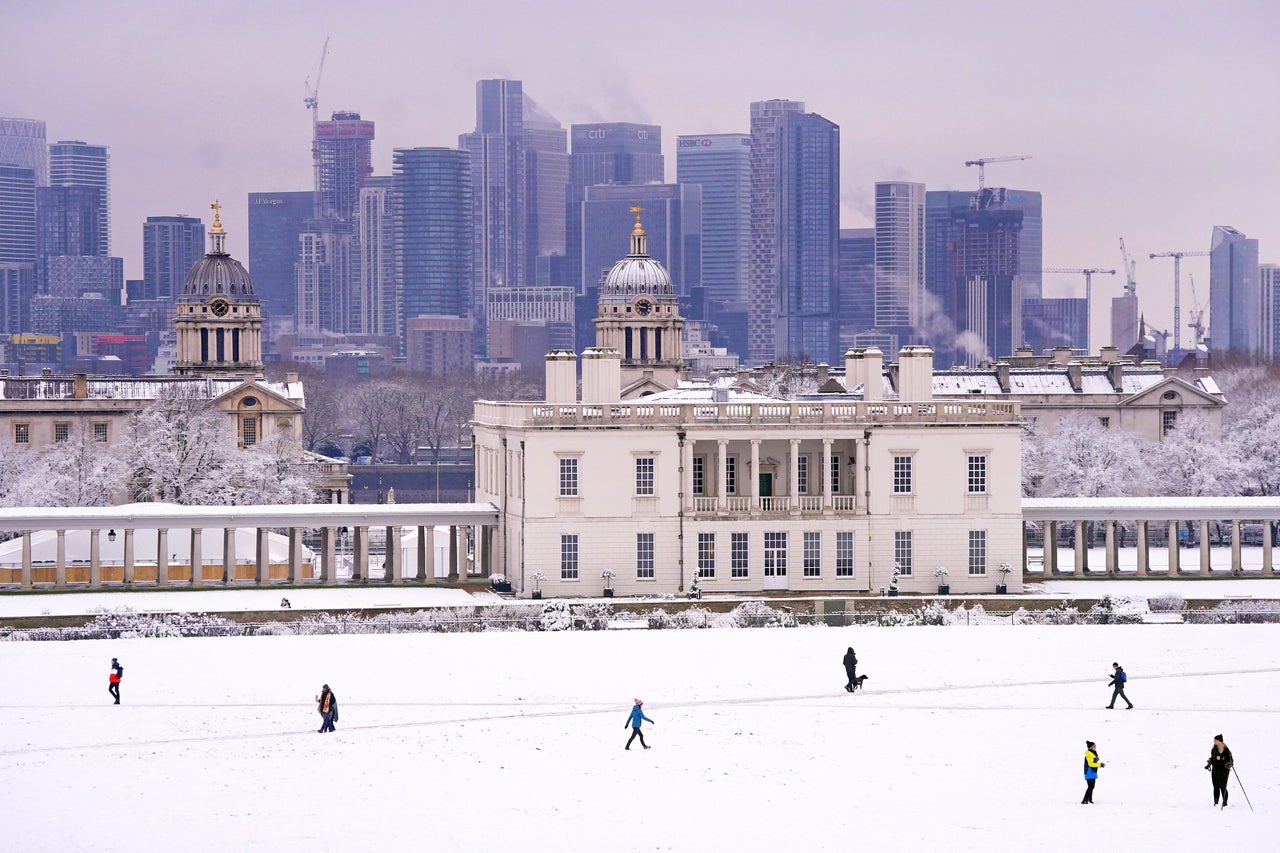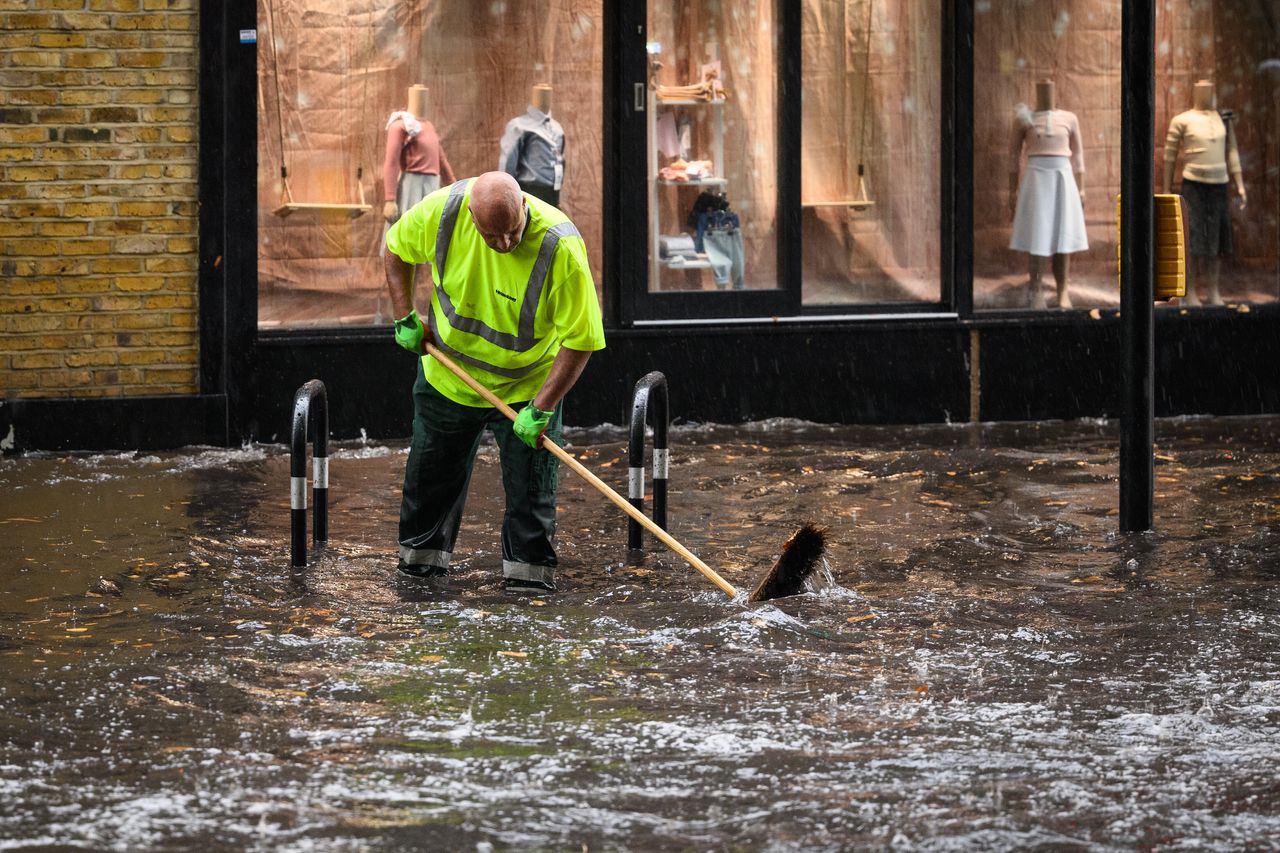2022 was a wild ride in many ways, but the weather extremes alone mean it will go down in the history books.
The Met Office’s provisional data previously suggested it was the warmest year on record for the UK, with all four seasons making it into the top 10 since the survey began in 1884.
And, all of the warmest years on record take place from 2003 onwards.
Now the Met Office has revealed that the mean temperature across the 12 months of 2022 was 10.03C, beating the previous all-time high of 9.88C in 2014.
The Met Office also claimed that 2022 was the warmest year on record in the Central England’s temperature series which stretches back to 1659, said to be the world’s oldest measure of the climate.
It wasn’t just the summer’s heatwaves that pushed the overall temperature up – there has been consistent heat all year around, aside from the exceptional cold snap in December.
As Dr Mark McCarthy, head of the Met Office’s National Climate Information Centre, said: “The warm year is in line with the genuine impacts we expect as a result of human-induced climate change.
“Although it doesn’t mean every year will be the warmest on record, climate change continues to increase the chances of increasingly warm years over the coming decades.”
The National Trust meanwhile, believes that the extremes we’ve had over the last 12 months are going to be come the “new normal” for the UK, with droughts, high temperatures, wildfires and floods all making headlines this year.
It said this was a “stark illustration” of the struggles UK species may face in years to come without further intervention to reduce climate crisis.
Here’s a look back at the year we’ve had.
January’s sun
New Year’s Day was the warmest on record with a maximum temperature of 16.3°C in London.
It started a trend of warmer than average days and fewer cooler than average days, and was one of the UK’s sunniest Januaries on record with below average rainfall.
There was also Storm Malik and Storm Corrie which rocked parts of the country.

February’s storms
Just after sunny skies, storms Dudley, Eunice and Franklin hit the UK.
This was the first time three named storms hit the country in the space of a week since the storm naming system began in 2015.
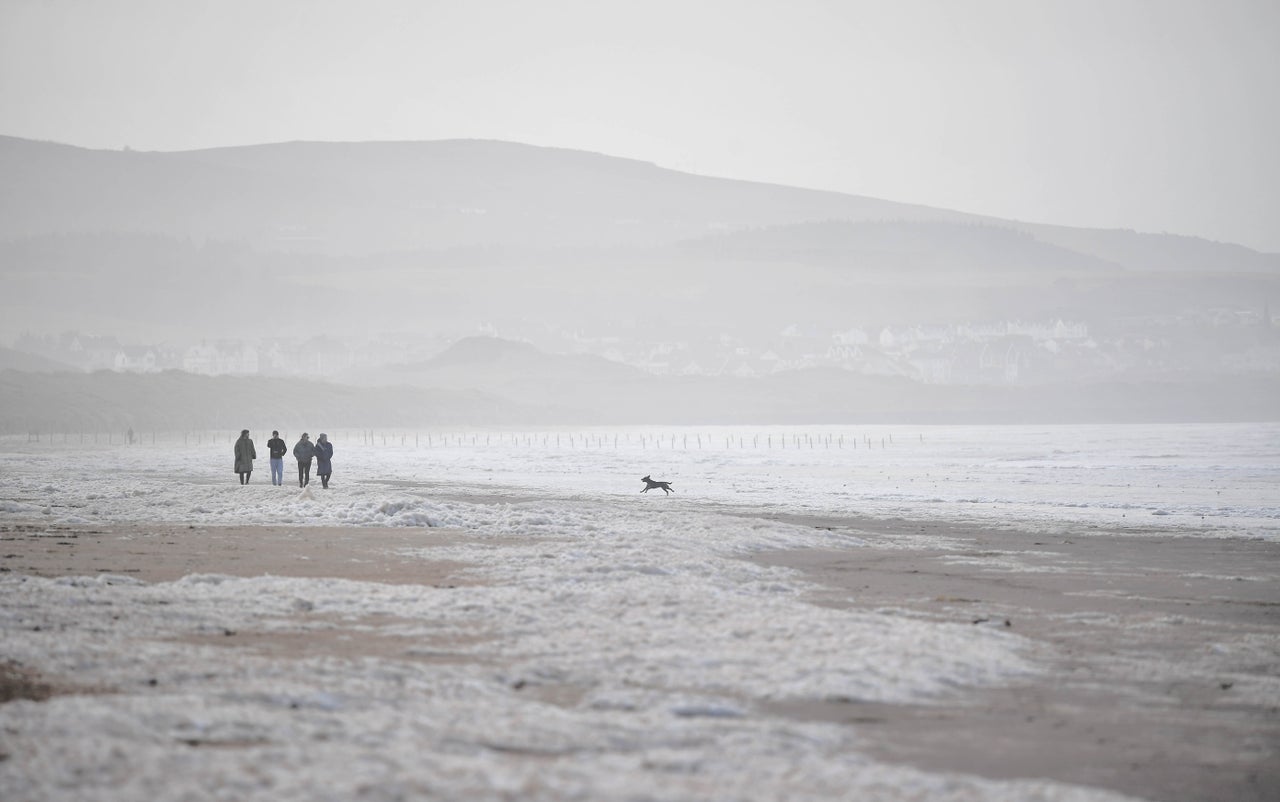
The summer’s heatwaves
When we think of 2022, the record-breaking temperatures will undoubtedly be up there.
Between July 16 and 19, a red warning for extreme heat was issued as temperatures exceeded 40°C and wildfires broke out across the country – including in London.
Then there was another heatwave in August, which lasted from August 9 to 15, although the peak was 34°C this time.
Still, it took land across the country a long time to recover from the following drought. There was a “false autumn”, meaning many trees dropped their leaves early due to the lack of water.
Reservoirs were also depleted to new levels, as the UK countryside was transformed in a matter of weeks.
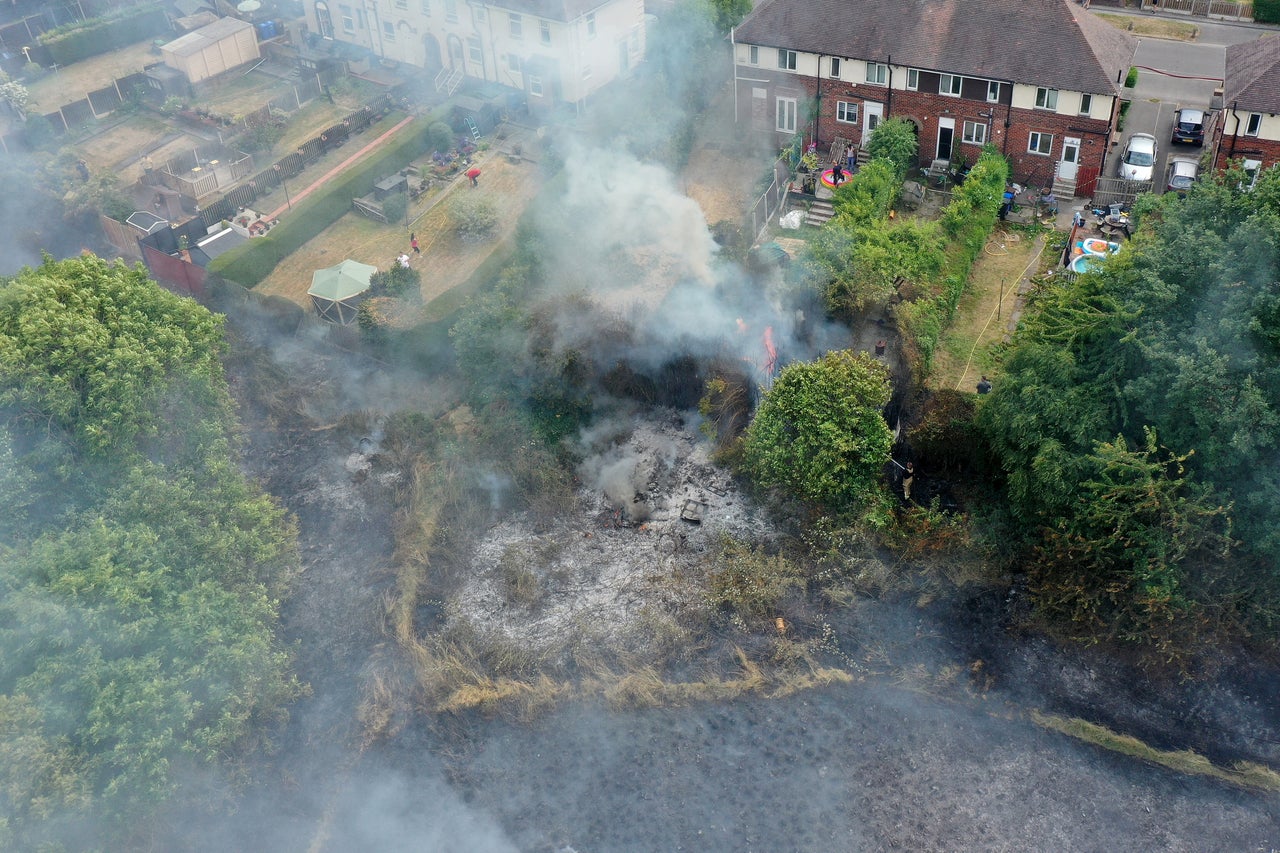
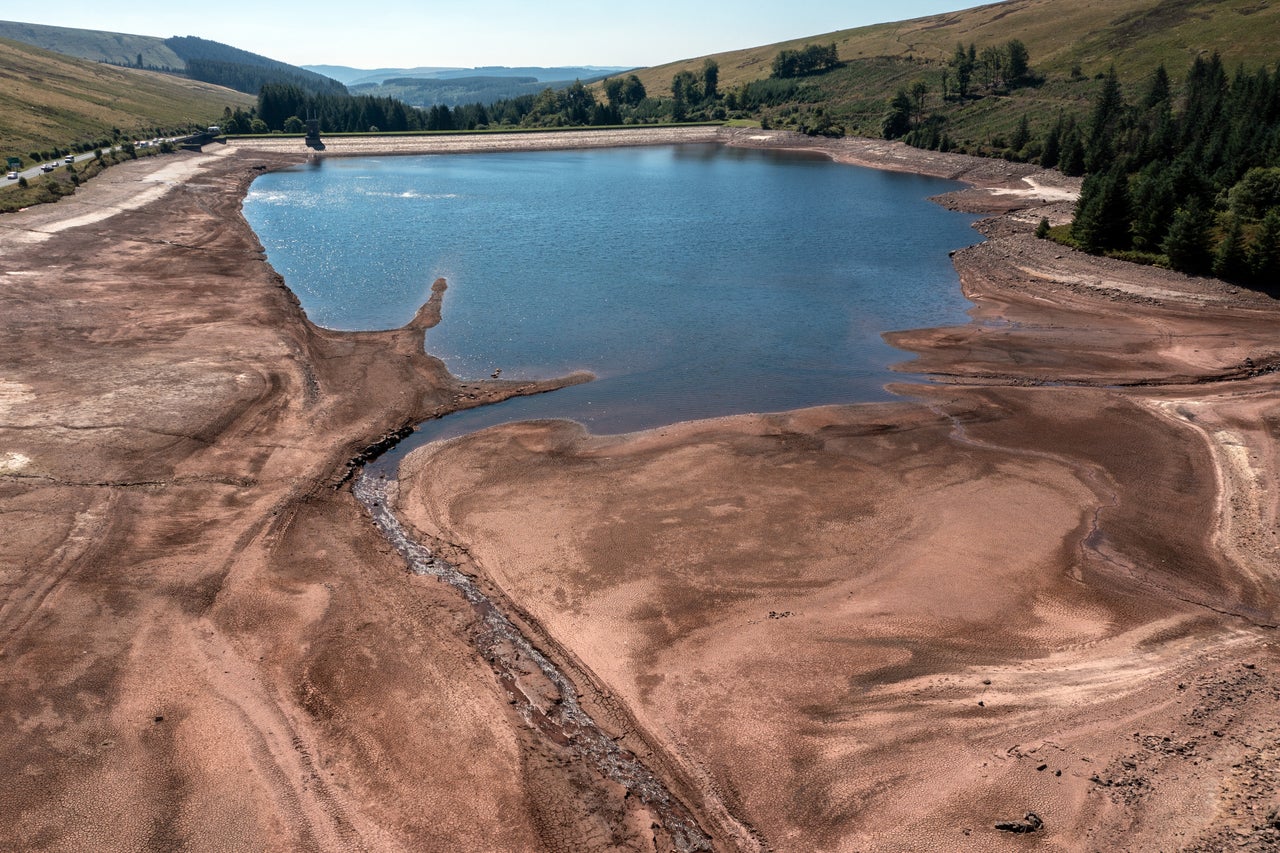
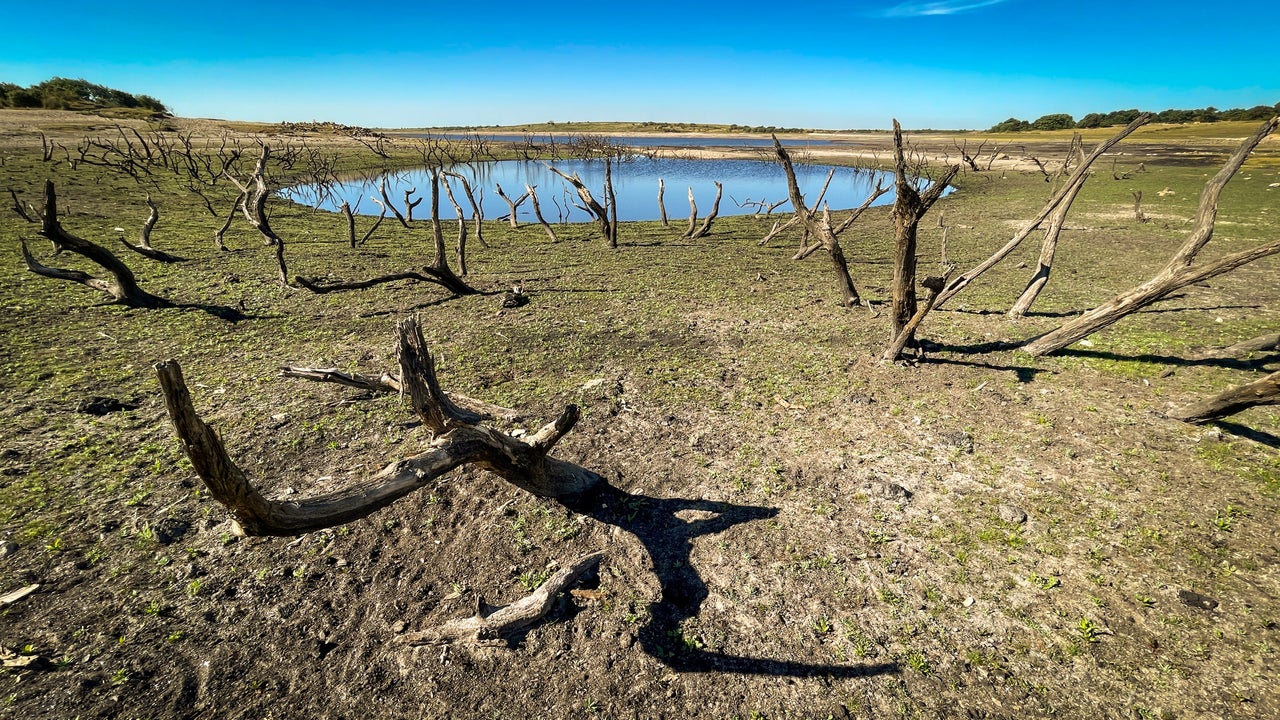
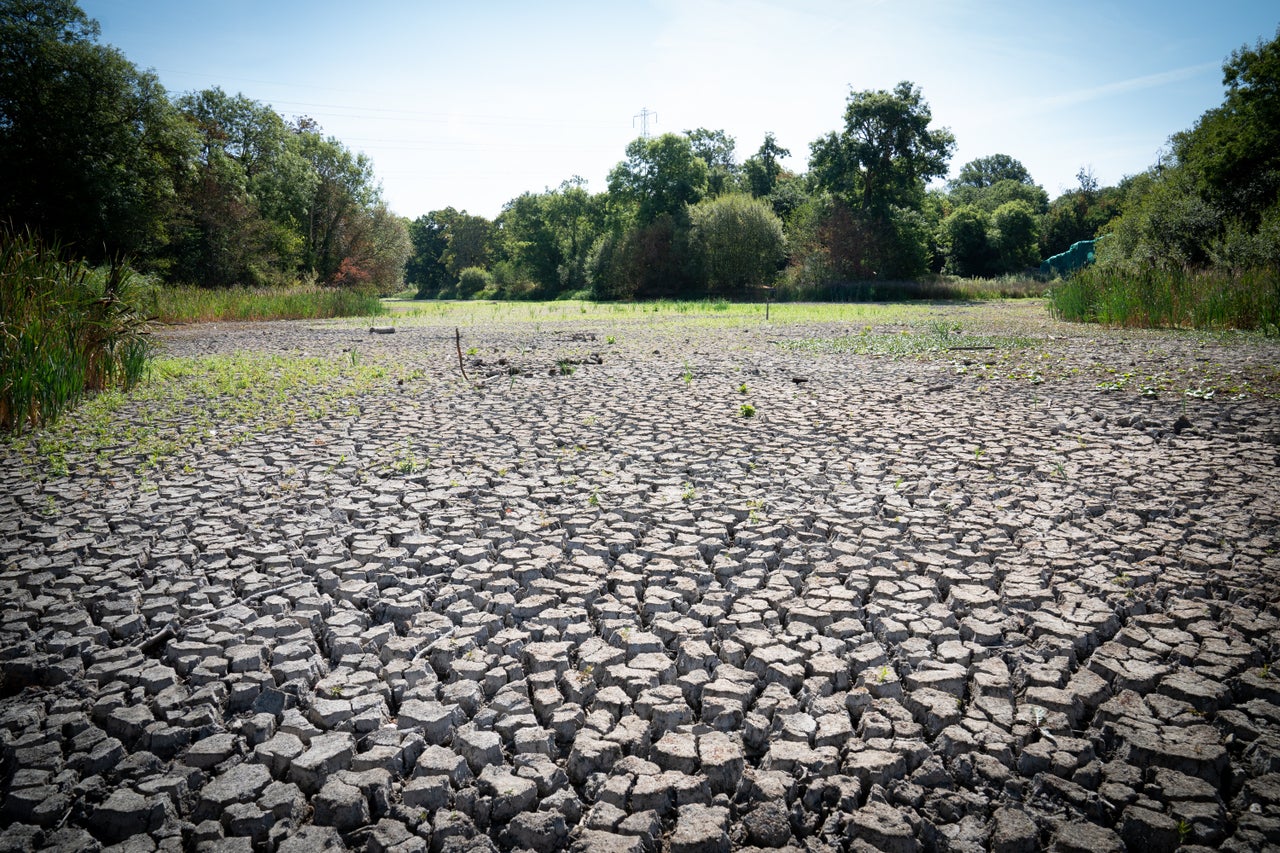
August’s rain
Sudden torrential rain and storms hit after the heatwaves. As the land in many places was too dry to absorb the rainwater, it led to flooding with yellow storm warnings in place across the country.
Even then, the Met Office warned the UK has a whole had only reached 46% average total rainfall for August.
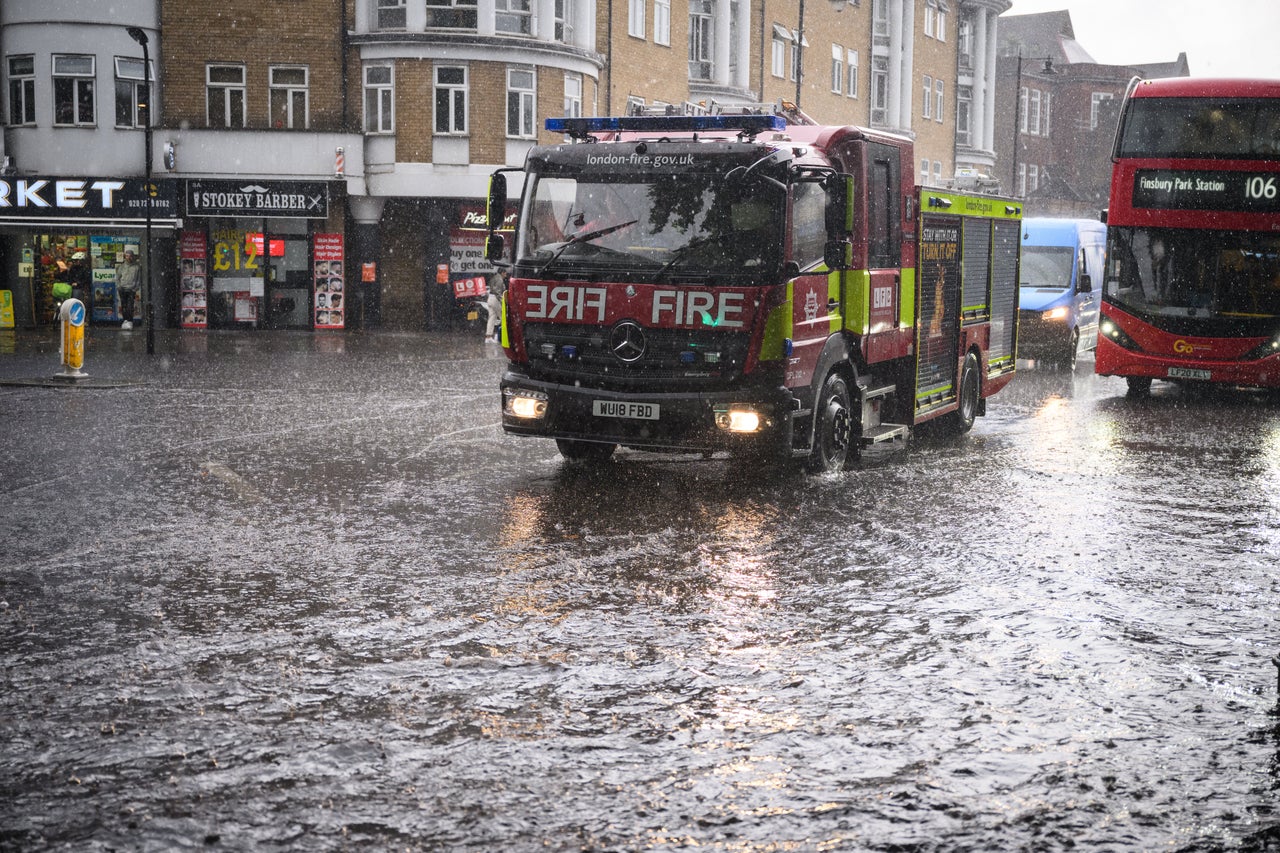
December’s cold snap
After an unusually mild Autumn, an Arctic blast triggered snowfall even in London earlier this month, with temperatures dropping to -9°C in parts of Northern Ireland overnight.
